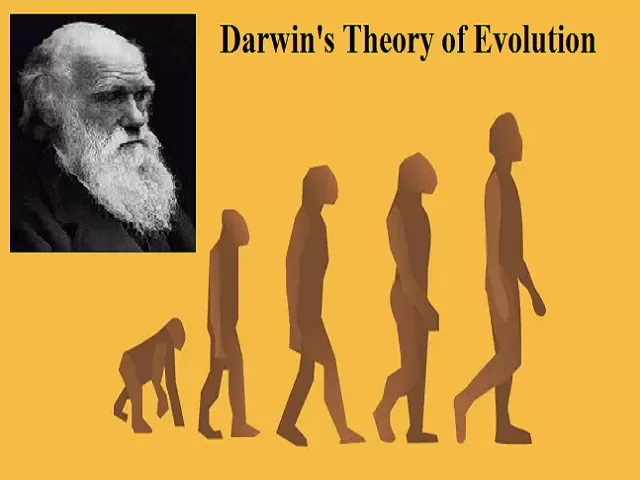Every year on 12 February Darwin Day is celebrated to mark the birth anniversary of Charles Darwin. He revolutionaised the field of natural history from his theory of natural selection. His book named "The Origins of Species" was published in 1859, where he argued that all present-day life forms on Earth came from a single ancestor. The diversity that is seen in the animal and plant kingdom occurs due to natural selection, migration, extinction, and genetic mutations.
Charles Darwin visited the Galapagos Islands and grasped the significance of unique wildlife. There only he found how life is unique before returning to London. On the trip, he collected several samples of plants, animals, rocks, and fossils. He continued his work and the trip led to groundbreaking scientific discoveries.
Let us tell you that the theory of evolution by natural selection was first formulated in Darwin's book "On the Origin of Species" in 1859. It is explained that organisms change over time as a result of changes in heritable physical or behavioural traits. These changes will allow an organism to adapt better to the environment and help to survive and to have better offspring.
READ| Darwin Day 2022: Check History, Celebration, Significance and Key Facts here
What is evolution?
Evolution means that species of organisms and populations change with time. As we know that Darwin wrote the book Origin of Species. In it, he told that species evolved and all living things can trace their descent to a common ancestor. He also suggested a mechanism for evolution and that is natural selection. In this method heritable traits that help organisms to survive and reproduce become more common in a population over time.
Theory of Evolution by Natural Selection
Darwin’s theory points out that the life of living organisms is related and has descendants from a common ancestor like birds and bananas, fishes, and flowers all are related. Also, Darwin's theory says that complex creatures evolve from more simplistic ancestors naturally over time. Therefore, we can say that genetic mutations randomly occur with an organism’s genetic code and the mutation that is benefited is preserved because they aid survival and this process is known as natural selection. Also, these beneficial mutations are passed on to the next generation. With time the mutation that is benefited accumulates and a different organism is formed with an entirely different creature. According to Charles Darwin, natural selection acts to preserve and accumulate minor advantageous genetic mutations.
READ| Various Glands and Hormones in Human Body
Key observations of the theory

- Traits are often heritable: As we know that in living organisms, several characteristics are inherited or are passed from parent to offspring.
- More offspring are produced but hardly survive: More offspring are produced as organisms are capable of producing more offspring than their environment can support. Therefore, there is competition for the limited resources in each generation.
- In their heritable traits offspring varies: In their traits, offspring slightly varies from one generation to another whether, in colour, size, shapes, etc., and various features of these are heritable.
Observations of Darwin’s
He concluded that in a population, some individuals will have inherited traits that will help them to survive and reproduce. With the helpful traits, the individuals will leave more offspring in the next generation than their peers, and also the traits make them more effective at surviving and reproducing.
- As the traits that are helpful are heritable and organisms with these traits leave more offspring, the traits will tend to become more common in the next generation.
- Over the generation, the population will become adapted to its environment.
Darwin explains all the possible patterns that he has seen during his research.
So, we understood that natural selection depends upon the conditions of the environment. Natural selection acts on the existing heritable variation, and it comes from random mutation. Also, we can't ignore the fact that evolution by natural selection and their mechanisms underlies the incredible diversity of present-day life forms and the process of natural selection explains the relationship and changes between present-day organisms and their environment.
Also, Read
